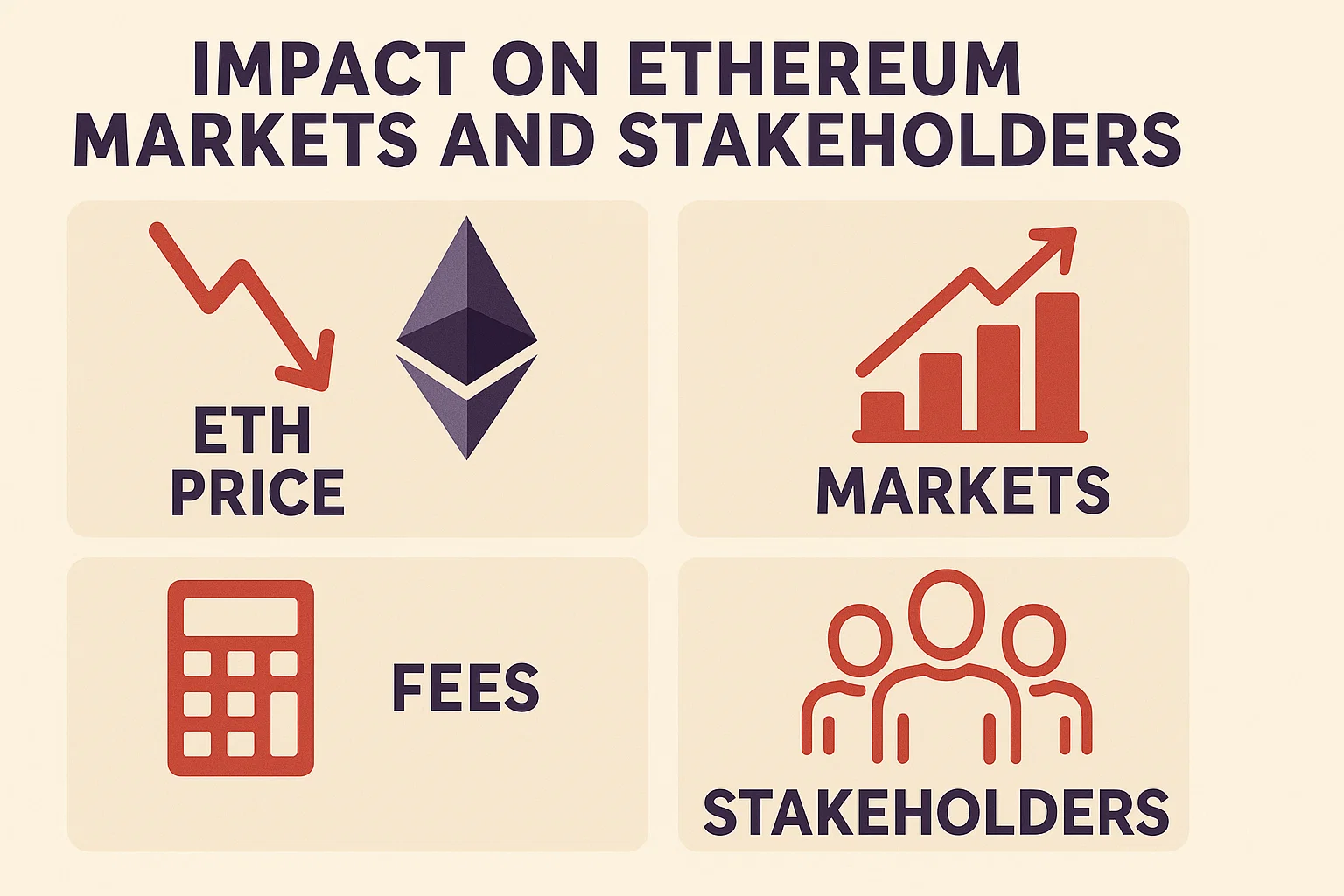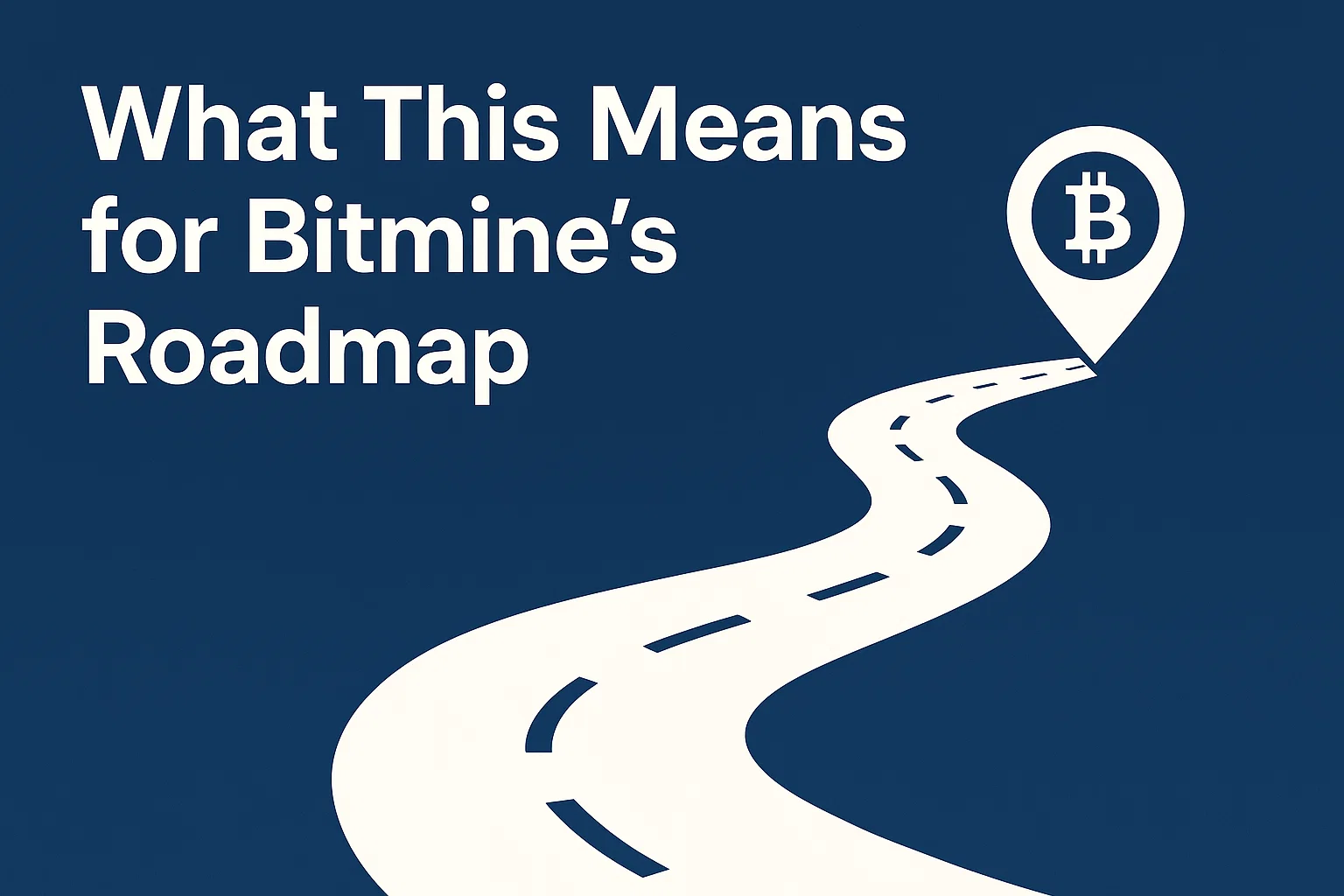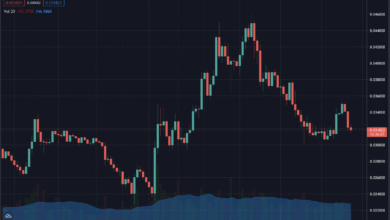JPMorgan Acquires Stake in Bitmine: Ethereum Reserve Valued at $102M
JPMorgan acquires stake in Bitmine, a leading Ethereum reserve, in a move valued at $102M—signaling rising institutional conviction in ETH and on-chain reserves.

When a top-tier bank deepens exposure to digital assets, it triggers a chain reaction of questions. Why now? Why this asset? Why this specific company? The decision that JPMorgan acquires stake in Bitmine isn’t just another portfolio placement; it’s a signal that institutional crypto investment is moving into a phase where ownership of critical market infrastructure—like Ethereum reserves and validator operations—matters as much as trading desks or research coverage. Bitmine’s positioning as a leading Ethereum reserve operator frames it as a backbone service: it safeguards ETH holdings, optimizes validator performance, and enforces transparent, auditable on-chain reserve practices.
This is also a brand statement for Ethereum. A major bank aligning with a reserve specialist points to ETH’s dual identity: a programmable settlement layer and a quasi “crypto-native yield” source via staking. That combination has long appealed to institutions seeking a blend of technology adoption and cash-flow characteristics. The $102 million figure, while modest relative to JPMorgan’s scale, is strategically sized to establish governance presence, product alignment, and learnings that can be scaled across global markets. It’s not only capital—it’s competence acquisition.
Why an Ethereum Reserve Matters to Institutions
Ethereum has matured from a smart contract experiment into the default platform for tokenization, DeFi interoperability, and the scaffolding of real-world assets on-chain. A specialized Ethereum reserve like Bitmine provides three pillars institutions care about: security, liquidity, and compliance.
Security as a First Principle
Institutions cannot afford operational surprises. Bitmine’s value proposition likely centers on custody-grade security, multi-layer key management, slashing mitigation for validators, detailed incident playbooks, and independent attestations. For a bank, integrating with such a provider reduces first-time build risk and compresses the learning curve. It’s not simply about parking ETH; it’s about owning an audited, resilient on-chain reserves architecture that meets internal risk thresholds.
Liquidity and Market Access
An Ethereum reserve with scale can smooth order flow, manage net inflows and outflows, and maintain depth during volatility. Institutions crave predictable liquidity, particularly when executing around staking, redemptions, or treasury rebalancing. Bitmine’s role as an active reserve manager positions it to serve as both a shock absorber and a springboard for product innovation across ETH-denominated services.
Compliance and Reporting
The institutionalization of crypto hinges on reporting precision. A leading reserve operator helps translate on-chain activity into off-chain reports that auditors and regulators recognize: proof-of-reserves attestations, continuous reconciliations, and rule-based access. For a global bank like JPMorgan, this connective tissue de-risks integration with legacy systems. It turns Ethereum exposure from a pilot into a policy.
Reading the $102 Million Signal
The headline valuation—$102 million—invites interpretation. For traditional finance, it’s a measured entry point sized to demonstrate conviction without overexposure. For crypto markets, it’s a visible stamp of validation for reserve-centered businesses. The size aligns with a “strategic foothold” thesis: big enough to secure influence and learnings, nimble enough to adjust as standards evolve.
The Playbook Behind Strategic Stakes
Corporate venturing in financial infrastructure tends to follow a pattern: take a meaningful minority position, align product roadmaps, and co-develop compliance primitives. If JPMorgan acquires stake in Bitmine, the next logical steps may include co-branded institutional offerings, custody integrations, and white-labeled staking. This is where institutional crypto investment transitions from exploratory to embedded.
Valuation as a Trust Vector
Valuation isn’t only about multiples. In crypto infrastructure, it signals trust. A bank’s due diligence effectively becomes a market filter. When institutions see a major bank backing a reserve operator, they infer that controls, governance, and operational resilience have withstood rigorous review. That perceived assurance can accelerate onboarding by asset managers, corporates, and family offices that have waited for a “first mover” to reduce perceived career risk.
Impact on Ethereum Markets and Stakeholders

If Bitmine channels fresh capital, governance discipline, and global distribution through JPMorgan’s network, the the impact on the ETH market can propagate in subtle yet compounding ways.
Staking Dynamics and Yield Normalization
As capital rotates into staking strategies, yields tend to normalize. A scaled reserve operator optimizes validator performance, fee capture, and MEV policies while avoiding concentration risks. Over time, this can flatten the curve between retail and institutional staking returns, making Ethereum staking a more standardized component of treasury strategy.
Liquidity Depth and Volatility
More professionally managed reserves can stabilize liquidity during event-driven selloffs or redemption waves. This isn’t a guarantee against volatility—crypto remains reflexive—but robust liquidity provisioning from a leading reserve provides a ballast that retail-only flows often lack. Wider participation by banks narrows spreads and encourages market makers to warehouse risk with greater confidence.
Tokenization and the Corporate Balance Sheet
Bank alignment with an ETH reserve is a green light for tokenization pilots that need reliable, on-chain settlement collaterals. Expect growth in tokenized deposits, trade finance instruments, and short-term credit products that reconcile on Ethereum. When treasurers can earmark ETH in a compliant reserve and reconcile it with ERP systems, the leap from proof-of-concept to production gets shorter.
What This Means for Bitmine’s Roadmap

For Bitmine, the partnership potential is transformative. Access to a global bank’s client base can multiply enterprise deals across regions, from North America to EMEA and APAC. With deeper capital comes the ability to expand validator diversity, upgrade security modules, and invest in regulatory technology that smooths multi-jurisdiction onboarding.
Productization of Institutional Ethereum
Expect Bitmine to productize “Institutional Ethereum” as a service layer: compliant staking wrappers, proof-of-reserves dashboards, granular wallet policies, and post-trade reporting that aligns with IFRS/GAAP interpretations of digital assets. Packaging these into audited modules shortens procurement cycles and reduces the friction of crypto adoption for conservative institutions.
Governance and Transparency Incentives
A bank’s presence typically raises the bar for disclosure. Bitmine will benefit from publishing standardized operational metrics—uptime, slashing records, validator distribution, and risk events. Transparent on-chain reserves attestations become a competitive moat as allocators seek apples-to-apples comparisons among reserve providers.
Risk Factors and How Institutions May Address Them
No institutional move into crypto is risk-free. The core questions revolve around smart-contract risk, regulatory flux, and operational dependencies.
Smart-Contract and Protocol Risk
Ethereum’s roadmap is ambitious. While upgrades aim to reduce fees and increase throughput, they also introduce change management risk. Institutions mitigate this by staging deployments, enabling kill switches on new features, and maintaining redundant validator sets across diverse clients. Reserve specialists like Bitmine can provide diversified client exposure (Prysm, Lighthouse, Teku, Nimbus) to de-risk correlated failures.
Regulatory Uncertainty
Regulatory regimes diverge by jurisdiction. Banks need harmonized policies that can be localized. Alignment with an established reserve operator can simplify this—centralizing rule updates, monitoring travel rule compliance, and implementing chain analytics for AML. As rulebooks solidify, early movers gain an experience advantage.
Operational Concentration
Relying too heavily on a single provider increases key-man and vendor risk. Best practice is a multi-custody, multi-reserve strategy with clear exit ramps and data portability. If JPMorgan acquires stake in Bitmine, the design pattern to watch is openness: APIs, standardized reporting formats, and audited migration playbooks that keep clients in control.
Competitive Landscape: Custody, Reserves, and Staking
The reserve layer is becoming a distinct category in crypto infrastructure, adjacent to custody and staking but not identical to either. Custodians guard keys; staking providers run validators; reserve operators orchestrate liquidity, reporting, and policy across both. The strategic bet is that institutions will want a one-stop “Ethereum reserve” that integrates custody, staking, liquidity management, and attestations. In that race, brand affiliations, regulatory posture, and operational track records become decisive.
Market Psychology and Narrative Effects
Institutions set narratives as much as they follow them. When a name like JPMorgan anchors a position in a leading Ethereum reserve operator, allocators re-run their models, risk committees reopen dossiers, and strategy memos get rewritten. This creates a second-order effect: even those not directly involved may seek exposure to the same themes—staking income, reserve transparency, and institutional crypto investment frameworks. The knock-on is an adoption flywheel that draws in exchanges, prime brokers, and tokenization platforms to interoperate with reserve-grade rails.
How Crypto-Native Teams Should Respond
For crypto-native firms, the lesson is to build like you’re already inside a bank’s due-diligence room. That means disciplined key management, independent audits, deterministic deployment pipelines, and compliance-ready data exhaust. It also means publishing metrics in a way that invites institutional scrutiny. The firms that meet these standards will be best positioned to partner with banks and attract the most discerning capital.
What Readers Should Watch Next
The headline event raises several milestones to track in the months ahead. Will Bitmine roll out bank-aligned staking products with standardized reporting? Will JPMorgan leverage the partnership to expand tokenization pilots that settle on Ethereum? How will risk committees adapt to evolving on-chain reserves norms, and what reporting templates become industry standard? Observers should watch for joint announcements, updated attestations, validator client diversity reports, and the appearance of reserve-grade APIs that mainstream asset managers can plug into without bespoke engineering.
Conclusion
The moment JPMorgan acquires stake in Bitmine becomes more than a headline; it represents a template for how institutions will engage with Ethereum over the next cycle. Rather than treating crypto as a speculative sidecar, banks are beginning to buy into the rails that make institutional exposure scalable—leading Ethereum reserve operators with the controls, disclosures, and liquidity to satisfy the most demanding stakeholders. For investors, the implications are structural: staking yields as treasury components, institutional crypto investment as a normalized allocation, and ETH market impact that reflects deeper, steadier participation.
If you’re a treasury lead, asset manager, or crypto-native builder seeking to understand what comes next, subscribe for ongoing coverage and reach out to explore integration playbooks grounded in this new reality—because the era of on-chain reserves is no longer hypothetical. It’s here, and it’s accelerating.
Read More: Ethereum Hits $4000 Top 5 Altcoins to Buy Now (ADA, LINK & More)









